ICELAND REVISITED
Today I feel the urge to write again about Iceland — in part to smooth feathers that may have been ruffled by my earlier posted photo of a four-letter-word bearing Icelandic T-shirt. And in part to note some very upbeat features of life on what is essentially a huge composite pile of volcanic rocks, partly veneered with white whipped-cream-looking stuff called glaciers.
The surface of Iceland is an unusually fascinating landscape, and not only for geologists. Yes the country sits astride the Mid-Atlantic Ridge, the boundary between two of Earth’s diverging tectonic plates. Yes this landmass began life as a small seafloor volcano, whose subsequent generations of magma-spewing piled up and grew from the floor of the Atlantic Ocean to its present elevations and shape above sea level. And yes it has experienced more than one eruption that impacted downwind human neighbors; in one instance (the 1783-1784 Laki eruption), the entire Northern Hemisphere suffered from Laki’s tantrum. For Iceland itself, Laki caused a famine, which resulted in the death of about a quarter of the human population. Stuff like this happens when you live on an active volcanic island.
But here follow examples of upbeat aspects with life on this fiery north Atlantic outpost. First, some statistics: Total land area is 39,769 square miles, about the size of Kentucky. Population is around 330,000, about the same as Honolulu, Hawaii, which also sits on a volcanic island in mid ocean. Nearly a third of Icelanders live in the capitol city of Reykjavik. The rest are distributed among a half dozen or so towns distributed across the country. About 10% of Iceland is covered with glaciers, one result of lying barely below the latitude of the Arctic Circle.
One might reasonably suppose that climate in this setting requires lots of fuel to heat buildings. WRONG! Well, okay you technocrats, RIGHT! But the fuel is not a hydrocarbon. It’s simply billions of harvestable calories stored in the ground as a result of its long and continuing volcanic history. Non-erupted magma, the composite accumulation of molten stuff that never quite gets to the surface on the path to an erupting volcano, has heated the ground so much that it’s quite expectable for a water well to encounter a warm, if not an above-boiling-temperature aquifer. For space heating, this liquid thermal resource is simply piped to buildings where it circulates through radiators. Reykjavik’s famous Perlan Restaurant sits atop huge adjacent tanks that distribute warm water to radiators throughout the city.
Decades of planet-wide burning of hydrocarbon fuels have resulted in climate warming now underway for Earth due to increased carbon dioxide in the atmosphere. Iceland’s contribution to this increase is insignificant. Because of the warm-water space heating, combustible fuels are used only for vehicles, fishing boats and planes. Check!
All except an itsy bitsy amount of electricity for Iceland is generated at hydro and geothermal power plants. No combustible fuels are involved. I’ve been told that one small kerosene-powered generator exists somewhere in the country, but I can’t find any statistics on this orphan. Hydro was developed early on, as geothermal technology was improving. Today hydro produces 70% of Iceland’s electricity and geothermal the remaining 30%. These two resources provide 85% of the total energy consumption of the country. Fuel for the motor vehicles, boats and planes accounts for the remaining 15%.
Here’s an interesting side effect of the abundant clean and inexpensive electricity available in Iceland. Aluminum ore, called bauxite, requires prodigious amounts of electricity for its processing. As a sort of Ripley’s Believe it or Not factoid, bauxite mined in Australia is shipped to Iceland for refining. The savings in the cost of electricity, relative to refining near the ore deposits, makes this seemingly ridiculous situation commercially viable.
So that’s a thumbnail sketch for a land of natural marvels, inhabited by friendly people. My 1984 summer there was a nonpareil education in the variants of volcanic eruptions when magma encounters shallow groundwater, a lake or a glacier. Stand back, or the steam explosions and floods will get you!
For my adventuresome readers, geologists or not, I highly recommend a summer-season trip to Iceland. Tour volcanoes, waterfalls, geysers, and hot springs.
Svarta, where water cascades over cliffs of basalt lava flows.
Ride Icelandic ponies over backcountry terrain. Each rider gets two of these steeds, which are so small that they quickly tire from carrying an adult human. A rider switches back and forth as needed.
Visit Vatnajökull, said to be the largest glacier in all of Europe. Yes, Iceland is considered to be part of Europe. Discover what a Jökulhlaup is, but don’t get caught in one!
Swim in the huge public thermal pool in Reykjavik and splash about in its companion in-the-rough Blue Lagoon near the International Airport.
Blue Lagoon thermal pool. Steam bellows from a geothermal electrical plant in the background. Warm water, at the lower end of the generation cycle, is fed into the pool. Photo courtesy of Robert Fournier.
Play chess on the mega-board built on a large plaza in downtown Reykjavik. Dine at the elegant Perlan Restaurant atop the huge hot-water storage tanks for a bird’s eye view of the city.
Learn to appreciate this Icelandic saying, if you happen to get close enough to a fish processing operation to experience its distinctly stinky odor. “Ah. That’s the smell of money!” That money is needed more than ever since the collapse of the Icelandic economy in 2008. Your “foreign” currency will go an amazing distance there as you help the Icelandic economy recover.
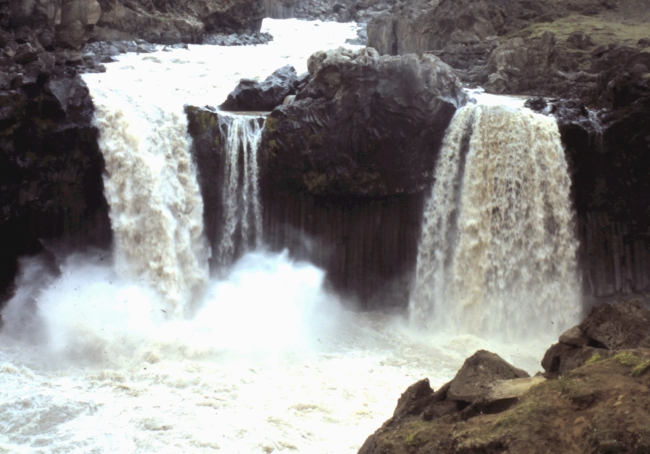
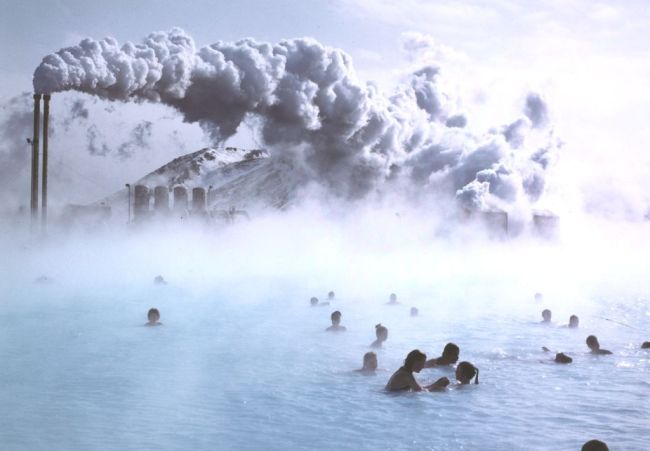
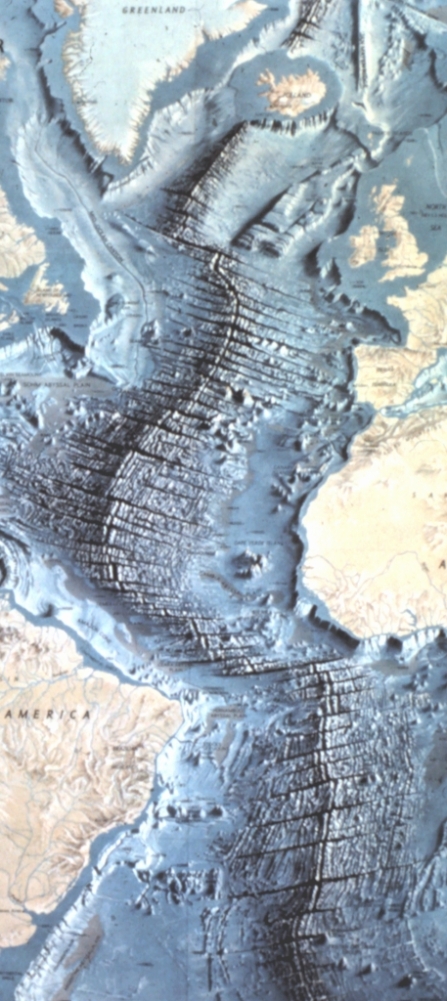
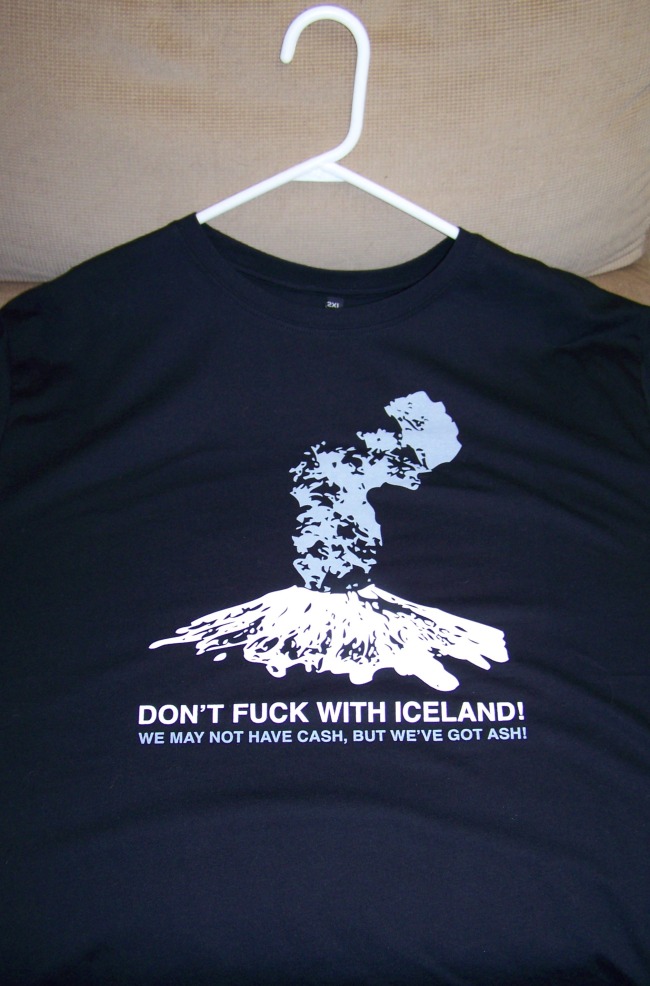
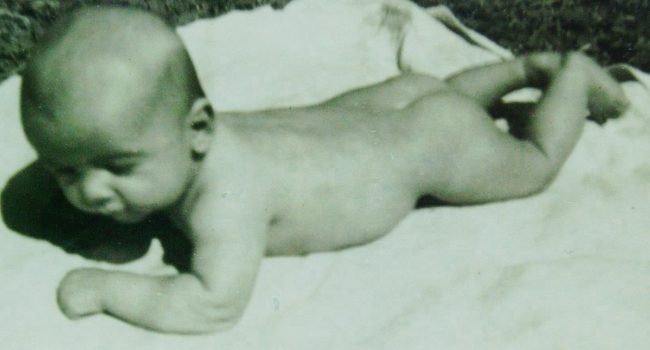
Recent Comments